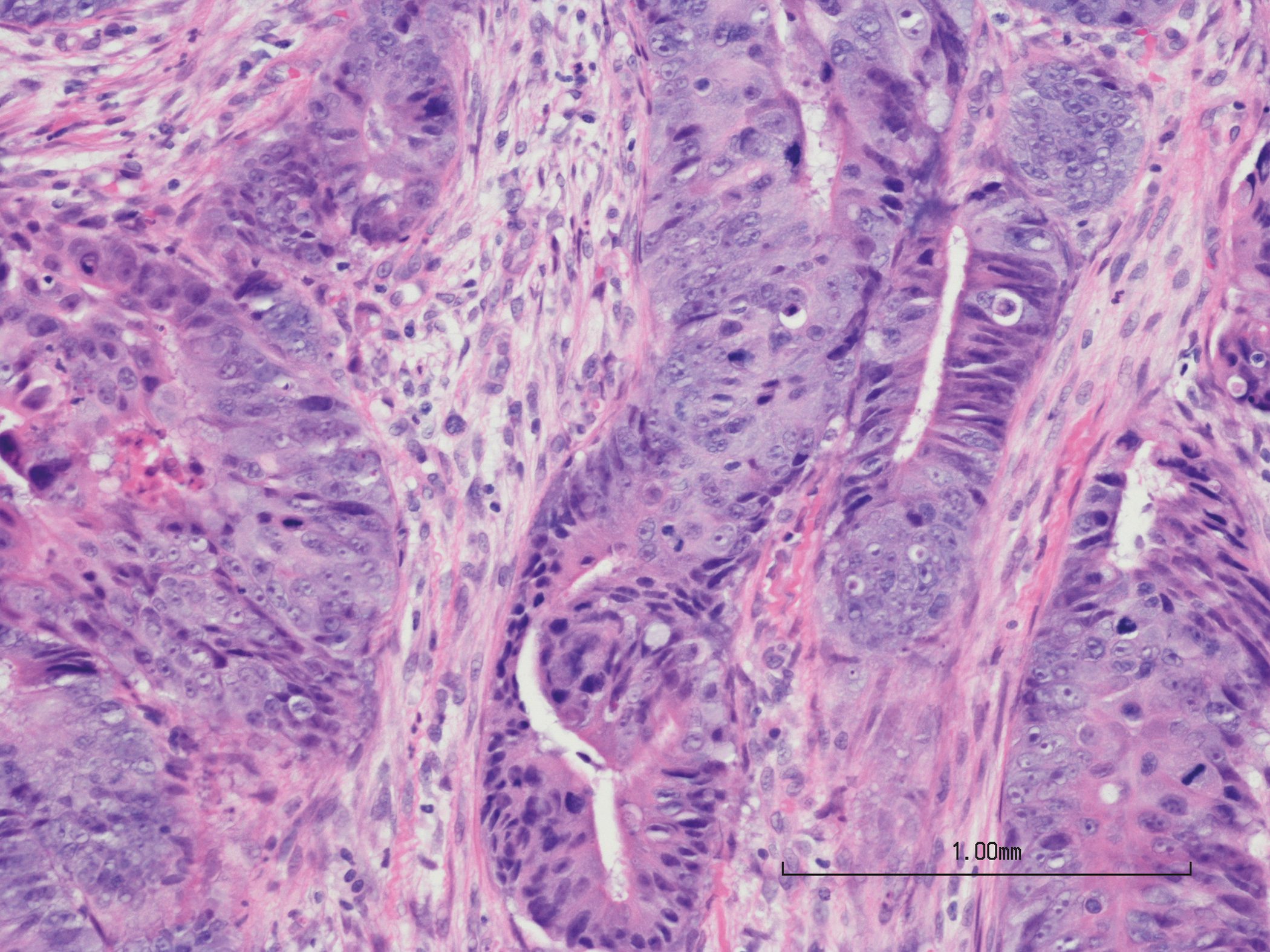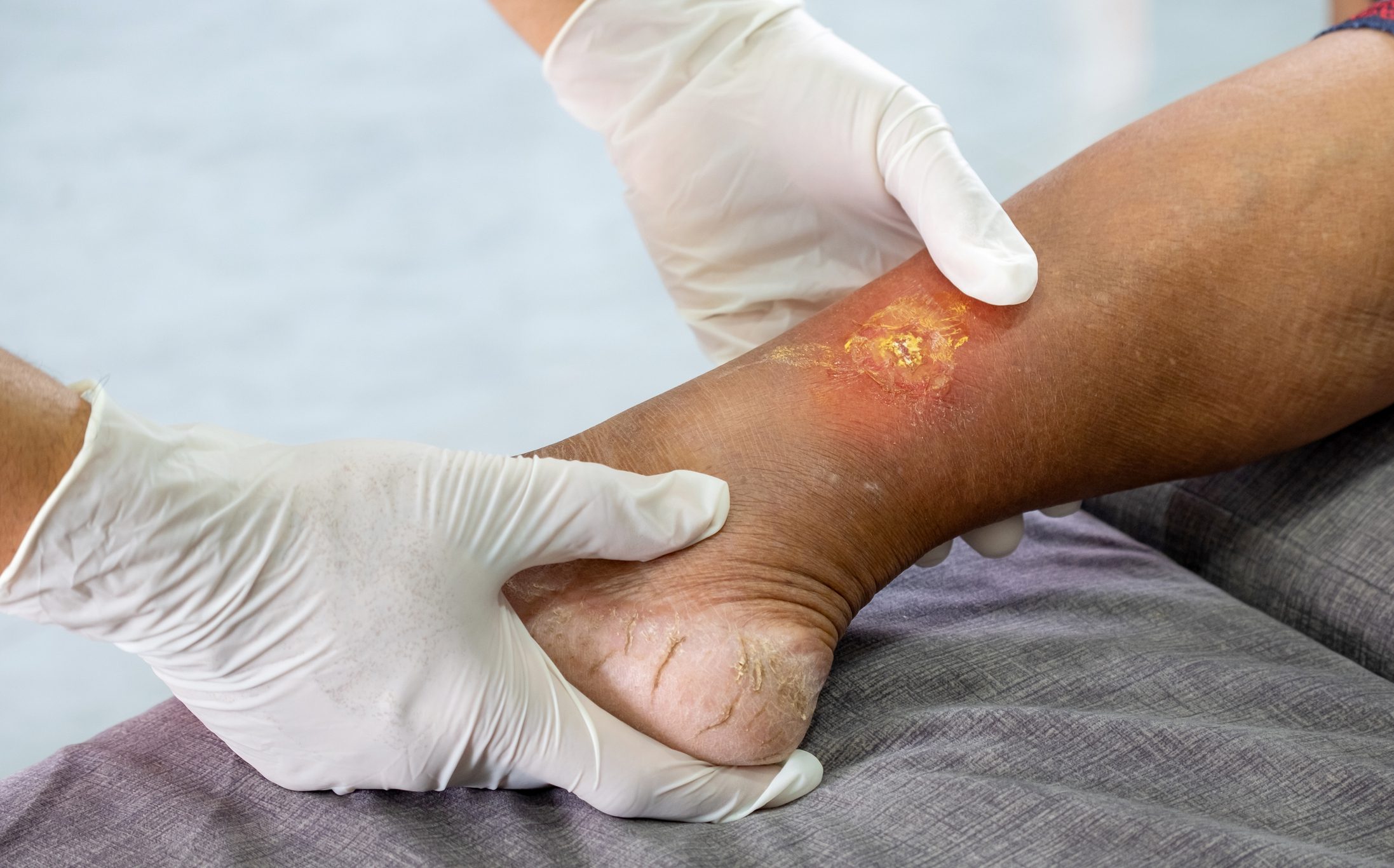The therapeutic options available today allow the choice of an individualized therapeutic strategy. In addition to covventional immunosuppressants, biologics are becoming increasingly important. Belimumab has been approved as an add-on to standard therapy for several years. Based on current clinical data, there is a good chance that additional monoclonal antibodies could come to market in the near future and complement the arsenal of targeted therapies.
In recent years, there have been changes not only in the field of therapeutic options, but also with regard to diagnostic classification. The SLICC criteria, renewed in 2012, had greater sensitivity (94% vs. 85%) but lower specificity (84% vs. 98%) compared with the ACR criteria at that time. A version of the classification criteria published in 2019 combined the strengths of the two approaches so that diagnostic power could be increased [1]. Compared with the previous diagnostic guidelines, the new 2019 ACR/EULAR criteria differ in the following three points in particular (overview 1): 1. Positive ANA result is mandatory, 2. weighting of the criteria (point scale 2-10), 3rd criterion applies only if there is no better explanation.

As an example of weighting, the speaker cites that lupus nephritis is rated as more severe than leukopenia or fever [2]. The fact that a criterion only applies if there is no better explanation refers, for example, to the fact that arthritis does not count as an SLE criterion if rheumatoid arthritis has been diagnosed, explains PD Dr. Florence Vallelian, Senior Physician at the Clinic and Polyclinic for Internal Medicine at the University Hospital of Zurich and Head of the Inflammation Consultation Unit.
Anifrolumab and obinutuzumab are in the pipeline
The monoclonal antibody Belimumab (Benlysta®) [11], which has been available in Switzerland for the indication SLE since 2012, is directed against the B-lymphocyte stimulator BLyS. “This antibody is the first drug approved for the treatment of SLE and also the only biologic approved for this disease,” the speaker said. The mechanism of action is that belimumab docks to BLyS and thus prevents its binding to B-cell receptors, which play an important role in the maturation of B-lymphocytes, causing an inhibition of signaling cascades, resulting in a reduction of B-cells relevant for the pathogenesis of SLE. The approval of belimumab (Benlysta®) is based on the two randomized phase III multicenter studies BLISS-52 and BLISS-76 [3,4]. Several other biologics compounds are currently in clinical trial programs to test efficacy and safety [2]. Anifrolumab is a monoclonal antibody directed against the type I interferon receptor. In a publication published this year in the New England Journal of Medicine, significantly reduced disease activity was demonstrated in a placebo comparison after a period of 48 weeks, with anifrolumab administered at 4-week intervals [5]. Furthermore, the anti-CD20 monoclonal antibody obinutuzumab is currently in clinical phase II. Compared to rituximab, this biologic has so far shown a better side effect profile and more effective depletion of B cells. It remains to be seen what the results of the Phase III trials will be.
One of the advantages of biologic therapy is that it can reduce or replace the use of oral corticosteroids, thereby reducing the steroid side effects known to occur with long-term use. There are also some recent empirical findings in this regard. According to a population-based study published in 2019, the use of oral corticosteroids in SLE patients increases cardiovascular risk, and the magnitude of the risk correlates with the duration of steroid therapy [6].
| SLICC = Systemic Lupus International Collaborating Clinics ACR = American College of Rheumatology EULAR = European League Against Rheumatism ANA = antinuclear antibodies BLyS = B Lymphocyte stimulator |
Lupus nephritis: mycophenolate mofetil as therapy of choice
Renal biopsy is indicated to evaluate the type of lupus nephritis and to assess the extent of involvement (local vs. global) and activity. Treatment recommendations are based on histopathologic classification. The following immunosuppressive therapies are available as induction therapy for lupus nephritis: Mycophenolate mofetil (MMF) or low-dose intravenous cylcophosphamide in combination with glucocorticoids. According to a meta-analysis published in 2010, the efficacy of mycophenolate mofetil (MMF) is comparable to treatment with cyclophosphamide (CYC), but MMF has a better side effect profile and is therefore the favored treatment option [7]. Azathioprine (AZA) or MMF in combination with low-dose steroids is most commonly used as maintenance therapy. Desmond et al. 2017 were able to demonstrate the superiority of MMF vs. AZA over a 100-month period, confirming a previous finding by Dooley et al. Confirms [8,9]. “In summary, mycophenolate mofetil is the therapy of choice in the treatment of lupus nephritis for both induction and maintenance,” the speaker summed up. Biologics are also playing an increasingly important role for this indication. The double-blind randomized BLISS-LN study (n=448), published in 2019, found that belimumab achieved significantly better renal response in SLE patients with active lupus nephritis as an add-on to standard therapy compared with placebo over a two-year period [2,9].
Take-Home Messages
- The 2019 ACR/EULAR criteria revisions specifically address the following: positive ANA finding is considered mandatory; criteria are weighted; a symptom counts as a criterion only if it has not been assigned to another diagnosis.
- With regard to treatment options, biologics are gaining in importance. To date, the IgG1 monoclonal antibody belimumab, approved in 2012 for SLE, is the only available representative of this drug class for this indication. Add-on use of belimumab can reduce oral steroid therapy and thus the side effects associated with long-term steroid treatment.
- Other biologics are currently being tested in clinical trial programs, including anifrolumab (antagonist of the type I interferon receptor) and obinutuzumab (anti-CD20 antibody).
Source: ZDFT 2020
Literature:
- Aringer M, et al: 2019 European League Against Rheumatism/American College of Rheumatology Classification Criteria for Systemic Lupus Erythematosus. Arthritis & Rheumatology 2019; 71(9): 1400-1412.
- Vallelian F: What’s new? Systemic lupus erythematosus. PD Florence Vallelian, M.D., Zurich Dermatology Continuing Education Days (ZDFT), May 14-15, 2020.
- Furie R, et al: A phase III, randomized, placebo-controlled study of belimumab, a monoclonal antibody that inhibits B lymphocyte stimulator, in patients with systemic lupus erythematosus. Arthritis Rheum 2011; 63(12): 3918-3930.
- Manzi S, et al: Effects of belimumab, a B lymphocyte stimulator-specific inhibitor, on disease activity across multiple organ domains in patients with systemic lupus erythematosus: combined results from two phase III trials. Ann Rheum Dis 2012; 71(11): 1833-1838.
- Morand EF, et al: Trial of anifrolumab in Active Systemic Lupus Erythematosus. N Engl J Med 2020; 382: 211-221.
- Li L, et al: Risk of Cardiovascular Disease Associated with the Use of Glucocorticoids in Patients with Incident Systemic Lupus Erytematosus: A Population-based Study. Abstract number 2781; ACR Nov 2019, https://acrabstracts.org/abstract/risk-of-cardiovascular-disease-associated-with-the-use-of-glucocorticoids-in-patients-with-incident-systemic-lupus-erytematosus-a-population-based-study/
- Lee YH, et al: Induction and maintenance therapy for lupus nephritis: a systematic review and meta-analysis. Lupus 2010; 19(6): 703-710.
- Yap DYH, et al: Longterm Data on Disease Flares in Patients with Proliferative Lupus Nephritis in Recent Years. J Rheumatol 2017; 44(9): 1375-1383.
- Dooley MA, et al: Mycophenolate versus azathioprine as maintenance therapy for lupus nephritis. N Engl J Med 2011; 365(20): 1886-1895.
- “GSK announces positive headline results in phase 3 study of Benlysta in patients with lupus nephritis,” GSK, Press release, December 18, 2019.
- Technical information Benlysta®, www.compendium.ch, last accessed 30.07.2020
DERMATOLOGY PRACTICE 2020; 30(4): 32-34












